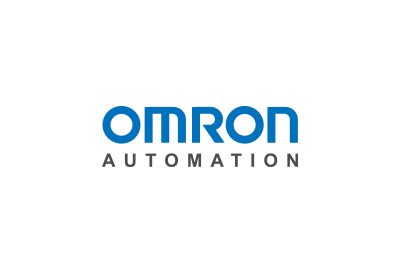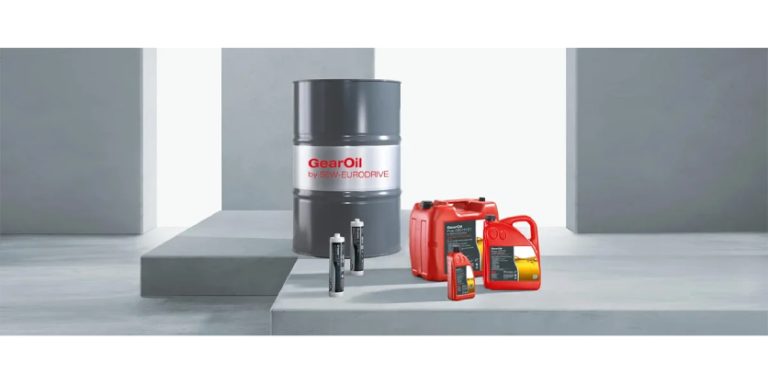Top three things your maintenance team needs to know about safety

November 5, 2019
By ensuring that machinery is functioning properly, maintenance workers have a direct impact on production line safety. As a company that’s committed to helping our customers achieve safety compliance and protect their employees, we decided to devote a blog post to some of the key things a maintenance team should know about safety.
1. You can’t replace safety-rated components with non-safety-rated components.
Safety-rated components MUST be replaced ONLY with other safety-rated components. This is largely because safety-rated-components are designed to fail in the safe state (or OFF position) only. For example, a standard relay can fail either in the ON or OFF position. A safety relay, on the other hand, will always fail in the OFF position and prevent the machine from running.
In addition, safety-rated components have undergone numerous rounds of testing to precisely determine and certify their expected lifespan. Non-safety-rated components haven’t been subjected to this sort of testing.
2. There are often multiple ways to achieve safety compliance, so you have alternatives if one isn’t working.
There’s always a bit of a trade-off between the need to ensure safety and the need to maximize productivity, and certain safety solutions can really put a damper on production. One of the major problems with choosing an inefficient safety solution is that operators may remove or bypass it. Fortunately, there’s usually a better way to achieve compliance.
For example, placing a tamper-resistant fastener (which can only be opened with a special tool) on an access door can slow things down tremendously if your team needs to use that door frequently. A better solution would be an interlock switch that shuts the machine down when the door is opened. It’s slightly more expensive, but it won’t hamper productivity.
3. You shouldn’t try to bypass the safety system without first consulting a safety engineer.
Components of a safety system doesn’t exist just to make your life more difficult. There’s a larger purpose in the system’s design, and it needs to be respected. You shouldn’t attempt to bypass or change any safety elements without first consulting a safety engineer, especially if you aren’t sure how each of these elements ties into the system as a whole.
A light curtain, for instance, must be mounted at a specific distance from a hazardous machine based on the machine’s stop time, so you shouldn’t move the curtain closer to the machine without getting a safety engineer’s approval. The same goes for a barrier guard, which needs to successfully prevent a person from reaching over, around or under it.






